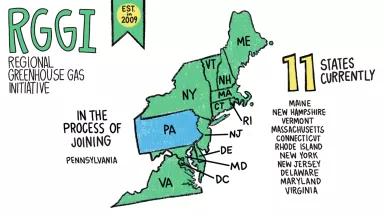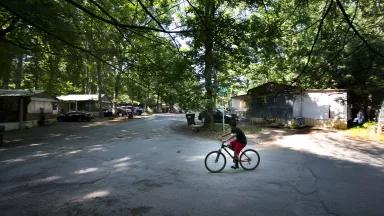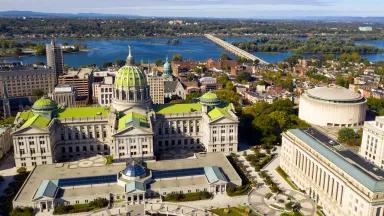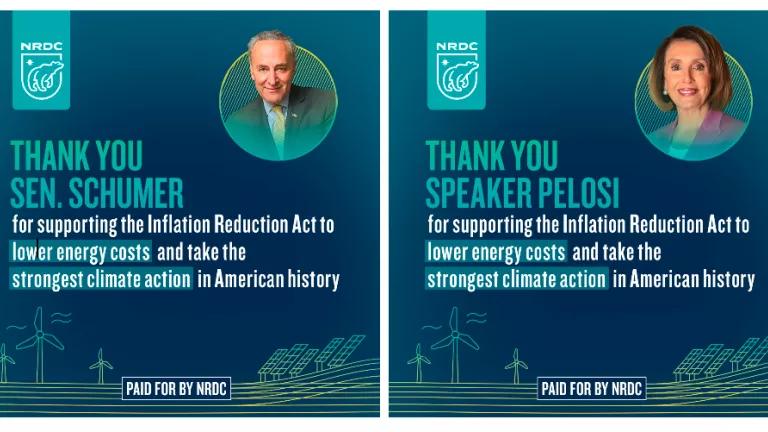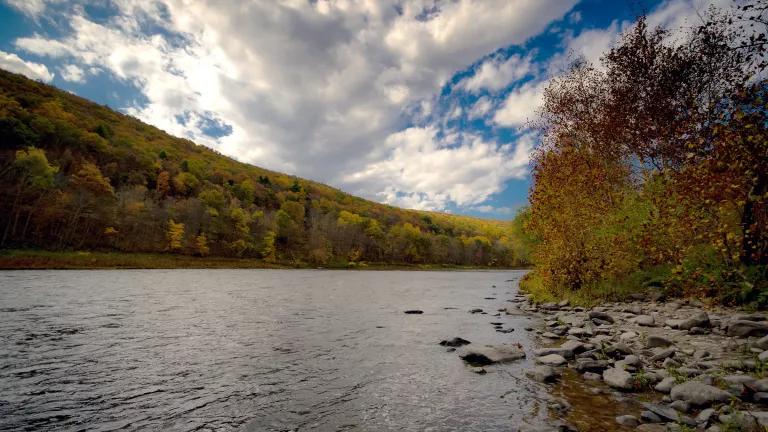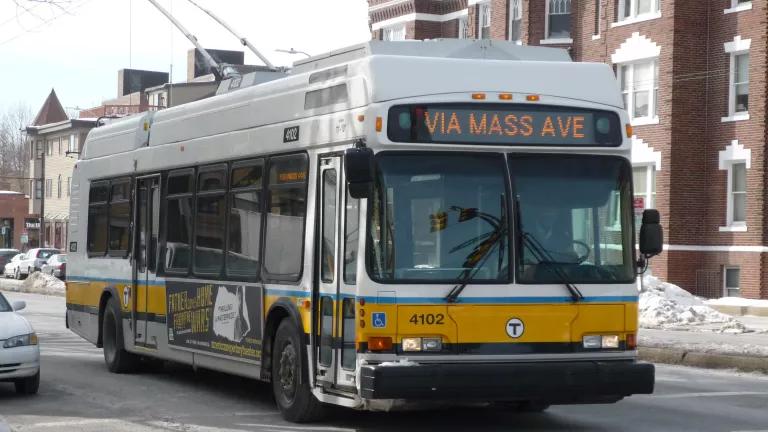RGGI States Learning and Sharing On Climate and Equity
A new report finds that the Regional Greenhouse Gas Initiative delivers on jobs, emissions reduction, and economic benefits—and provides a framework to address equity in the future.
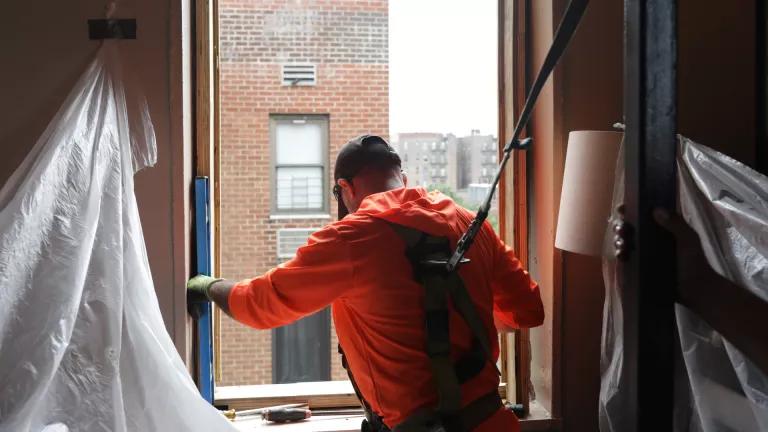
An Association for Energy Affordability worker preparing to install a new energy efficient window in an apartment in New York's South Bronx neighborhood
Natalie Keyssar for NRDC
This is a guest blog by Ben Grumbles, executive director of Environmental Council of the States (ECOS), former secretary of the Maryland Department of Environment under Governor Larry Hogan, and member of the RGGI Executive Committee. This guest blog reflects the views of the author alone and does not necessarily reflect those of ECOS, its individual members, or NRDC.
Across the country, states are uniting with common purpose and unprecedented funding to reduce carbon emissions, advance clean energy economies, and increase access to environmental benefits for some of our most vulnerable and overburdened communities. Each state needs flexibility in choosing the best path while following the science and the law. The needs are great and the challenges are urgent, but states that are members of the nation’s first cap-and-invest program—the Regional Greenhouse Gas Initiative (RGGI)—have a powerful and successful set of tools to help them get the job done and inform others along the way.
How is it successful? RGGI has been a shining example of bipartisan environmental progress, focusing not only on its primary mission of reducing carbon emissions from power plants with state and market-based strategies but also providing states broad flexibility in how to invest their RGGI auction proceeds in their communities. Localities benefit from a wide range of state investments, such as jobs and job training for residents; residential weatherization and energy efficiency programs; climate-resilient infrastructure and wetland restoration; ratepayer relief; and the improved health outcomes and lower costs resulting from less pollution and cleaner energy.
Since RGGI was launched in 2009, independent experts at Analysis Group (AG) have been tracking and quantifying those benefits and impacts in participating states. In AG’s new report, authors Daniel Stuart and Paul Hibbard found that over its 12-year history, RGGI has helped cut carbon emissions by almost half, generated nearly $4 billion in allowance auction proceeds, produced $5.7 billion in net economic benefits, and added 48,000 job-years for member states. In its most recent analysis, AG reported that RGGI added $669 million in net economic value and nearly 8,000 job-years to participating states from 2018 to 2020. All RGGI states have benefited, and that’s a remarkable achievement, affirming the value of states working together to adopt customized regional programs for the greater good that respect state autonomy and focus on local results.

Why the need to do so much more? RGGI states recognize not only the urgency of making the clean energy transition but also the reality that some communities have unfairly borne the negative health and economic burdens resulting from decades of underinvestment and overexposure to pollution. These environmental justice (EJ) communities deserve clean air and water, safe and energy-efficient homes, access to training and jobs, and meaningful inclusion in decisions that affect their neighborhoods. The RGGI states are hearing this call to action. The AG study includes, for the first time, a review of what RGGI states are doing to address EJ concerns and a framework to advance equity priorities.
As AG notes in its report, leveraging their RGGI proceeds and adopting policies that directly address key equity issues can provide states with powerful tools to not just reduce harm but also to create healthy, vibrant communities. This includes, as the authors suggest:
-
Conducting new studies of potential pollution hot spots affecting overburdened communities that combine emissions data, pollution transport modeling, and economic analysis
-
Setting minimum spending requirements for RGGI investments in EJ communities
-
Expanding data collection to track and report on RGGI investment spending and outcomes
-
Using RGGI funds to monitor ambient air pollution in overburdened communities
-
Ensuring opportunities and resources for active community participation in RGGI spending plans and environmental permitting
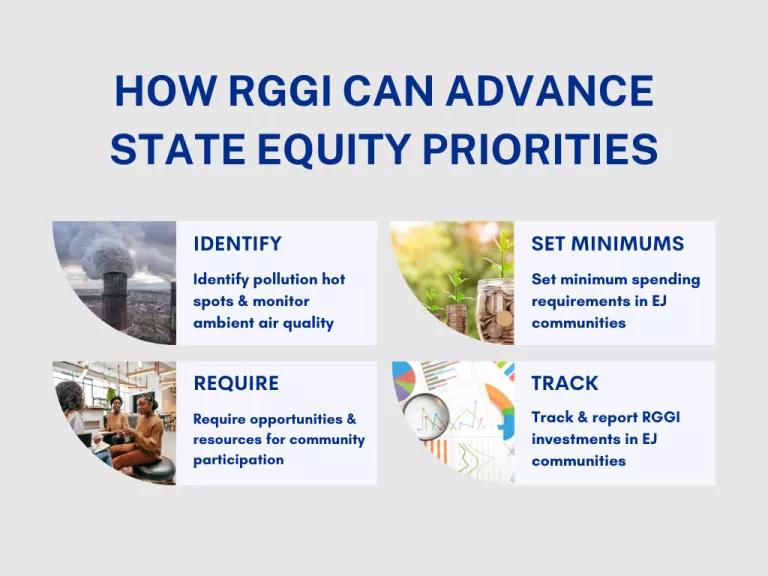
Member states can leverage RGGI proceeds to address inequities in communities overburdened by pollution.
Environmental Council of the States (ECOS), which represents the top environmental leaders for the 50 states and the District of Columbia, is looking for common ground and pursuing increased funding and support through its climate and energy work group and environmental justice work group. It also includes the work of its air committee to launch a new partnership with NGOs and others to enhance local ambient air monitoring in at-risk and underserved communities.
RGGI states will have important discussions ahead on how each state might use RGGI tools and resources to make additional, urgent, and sustainable progress. All states can learn from one another about the best ways to reduce emissions and deliver equitable environmental benefits for healthy, thriving communities.

